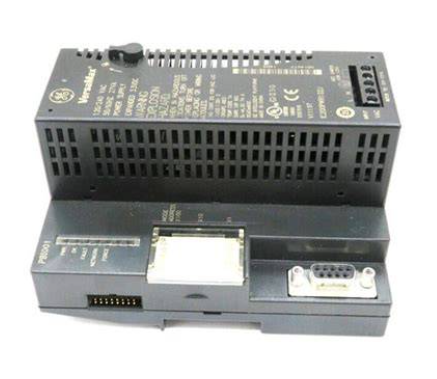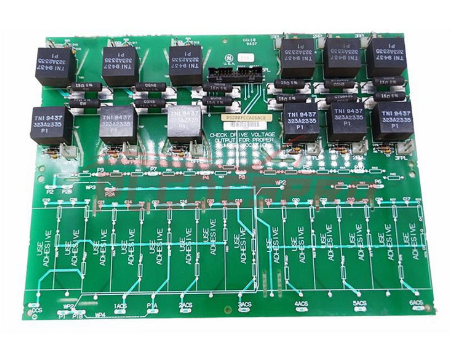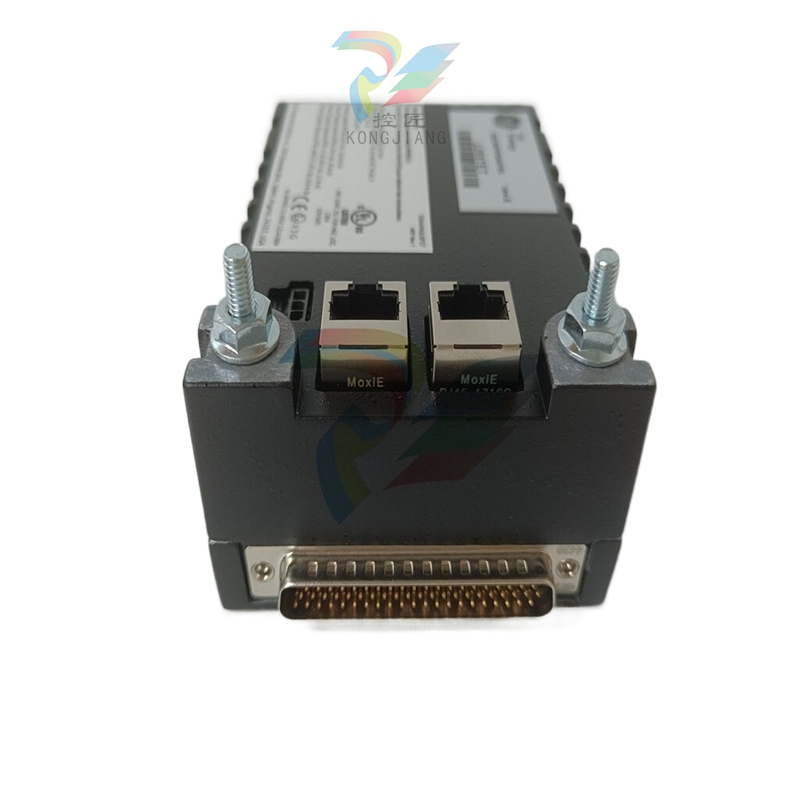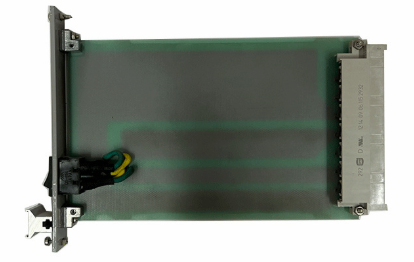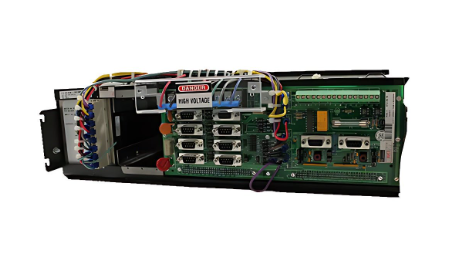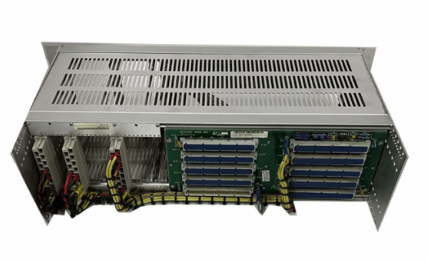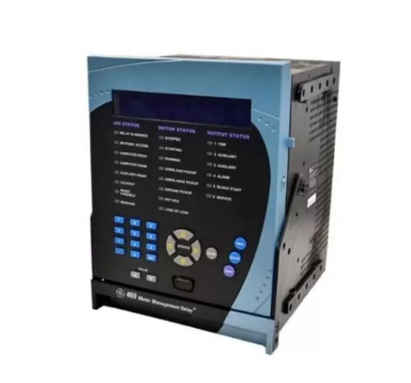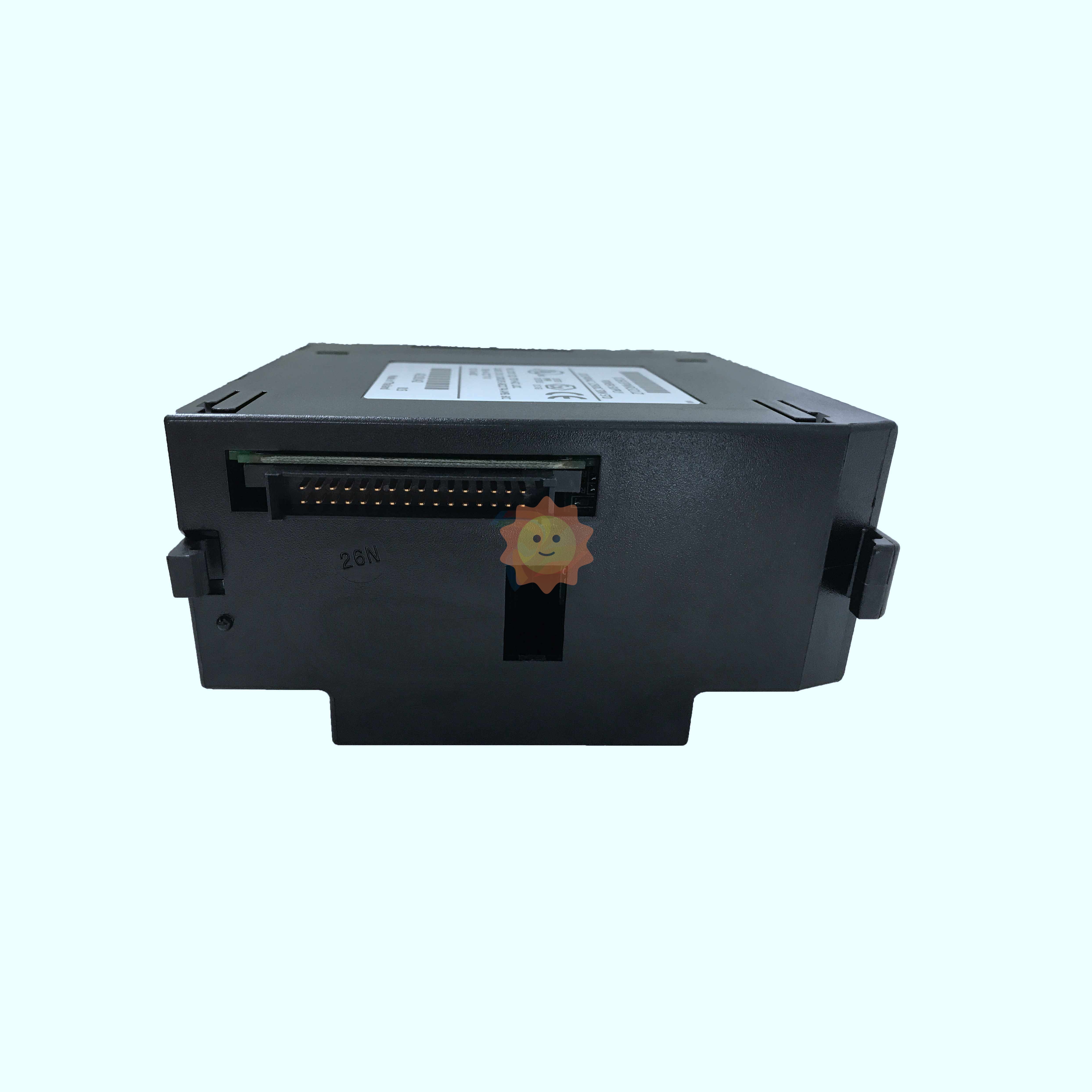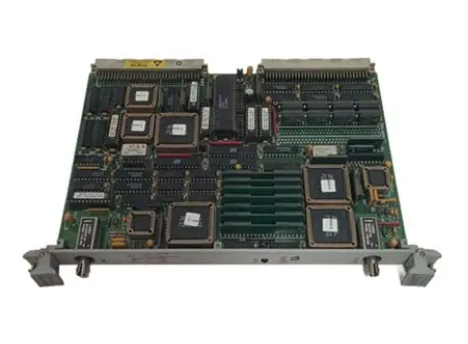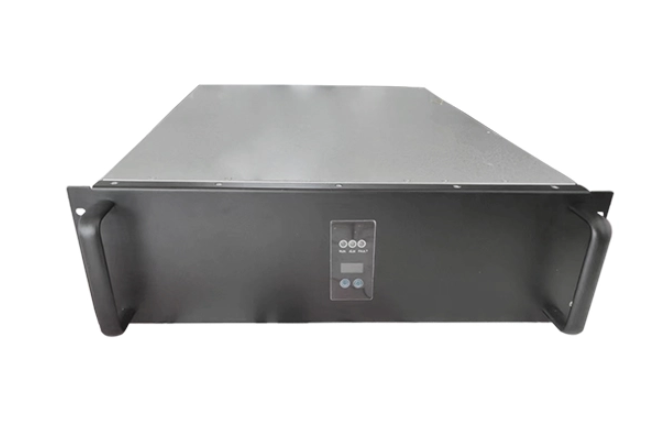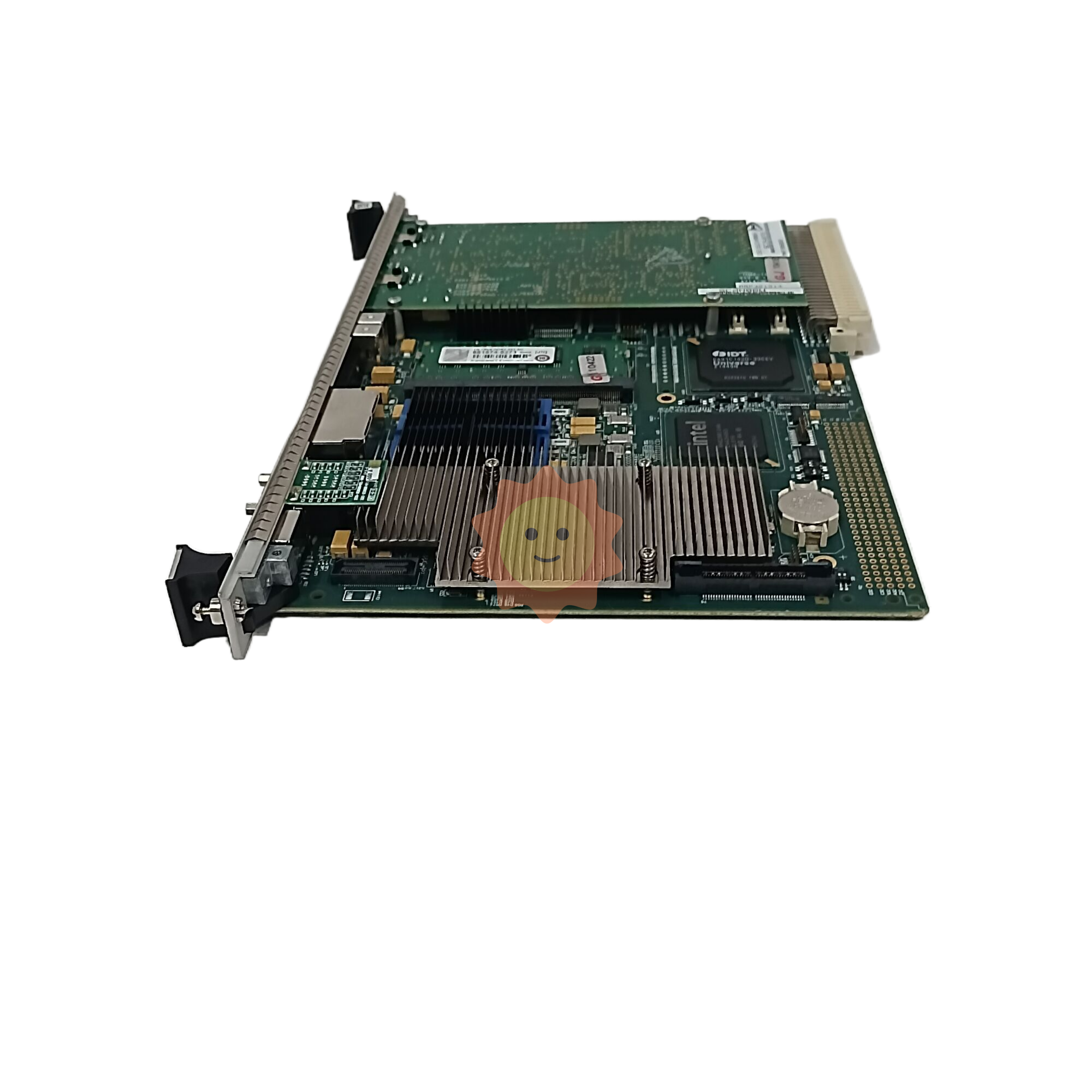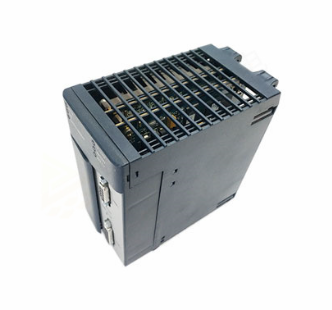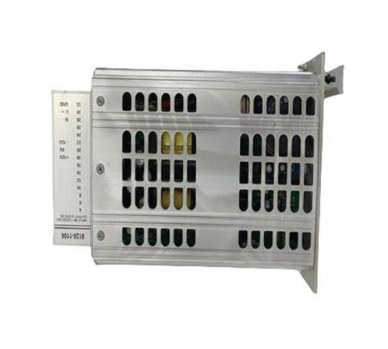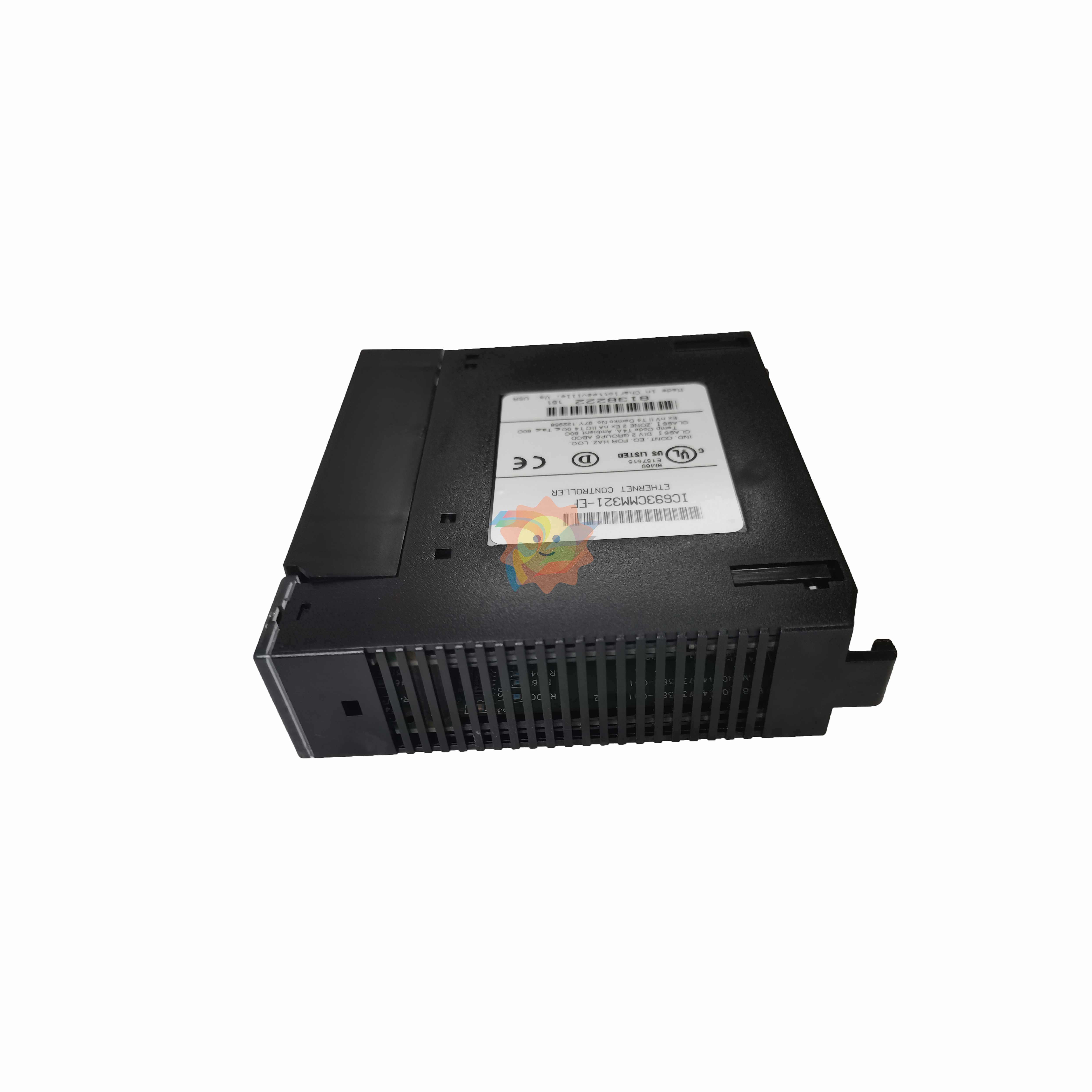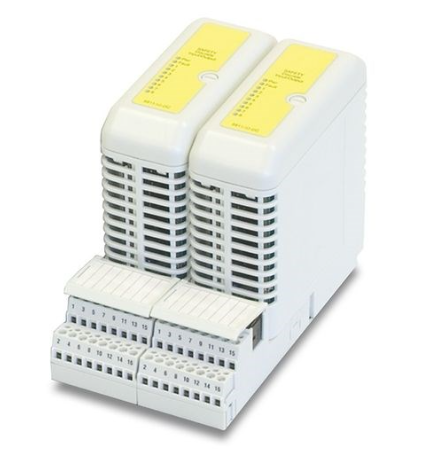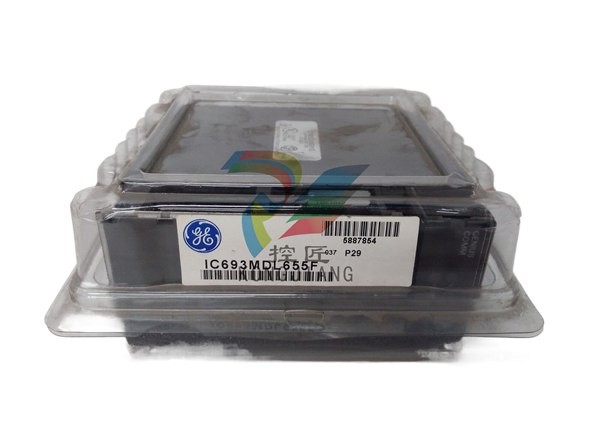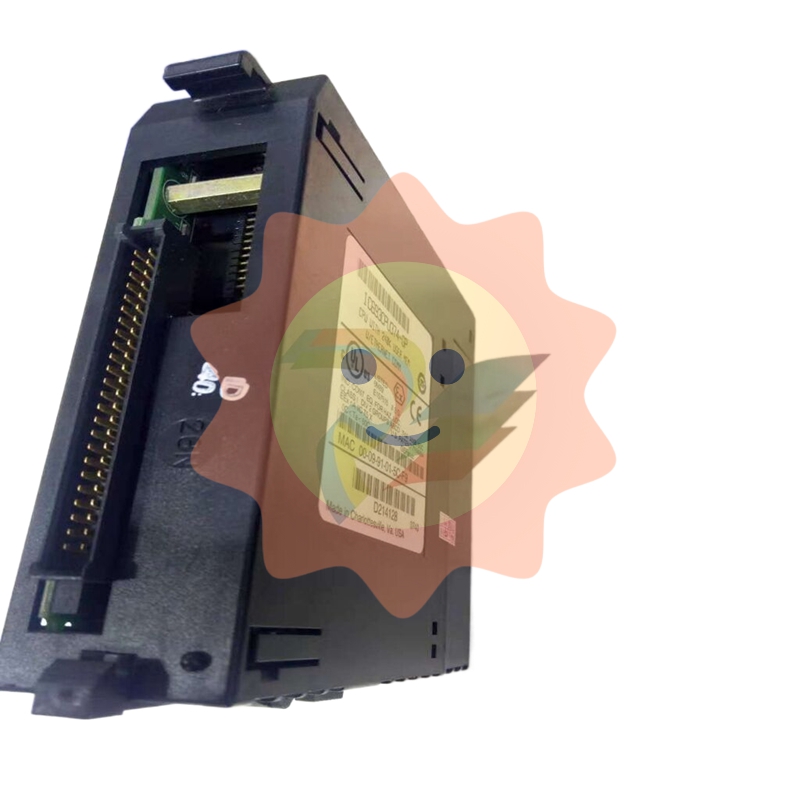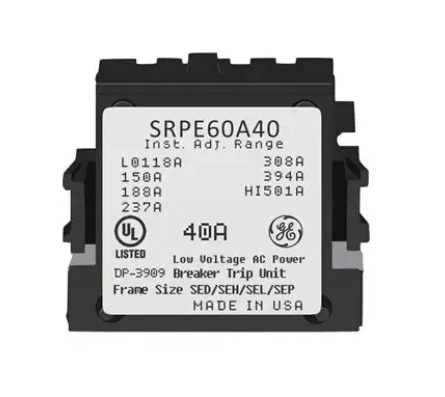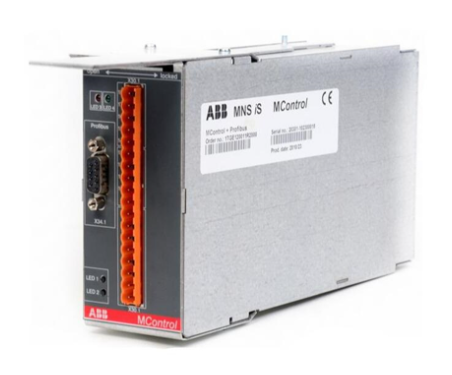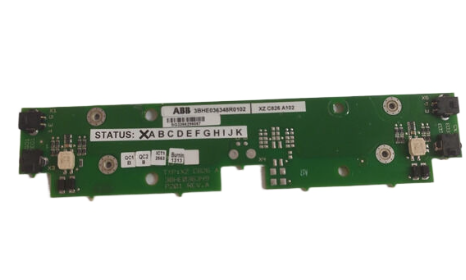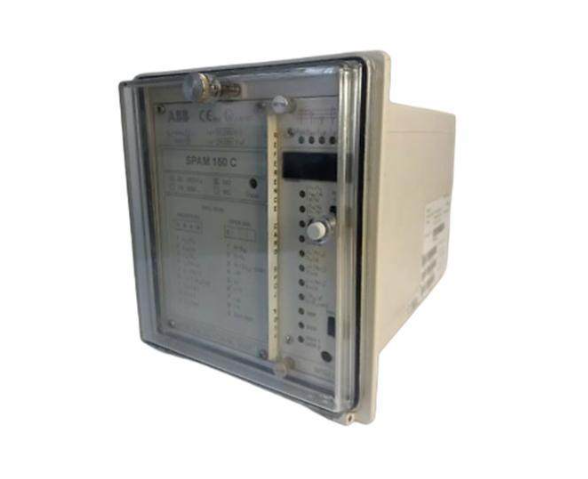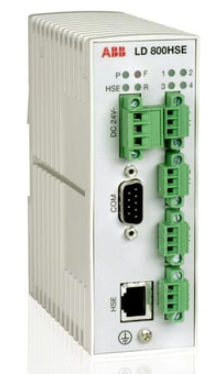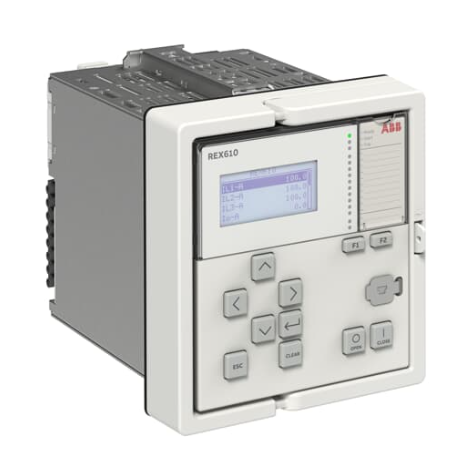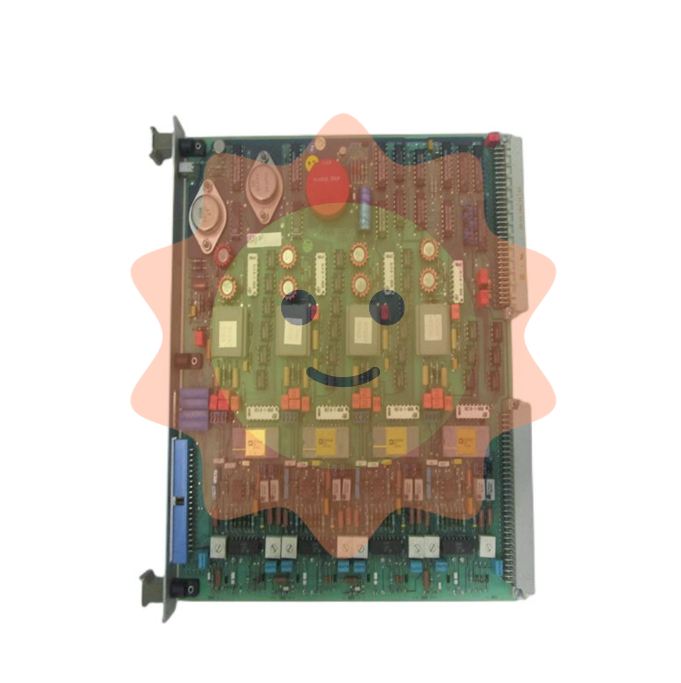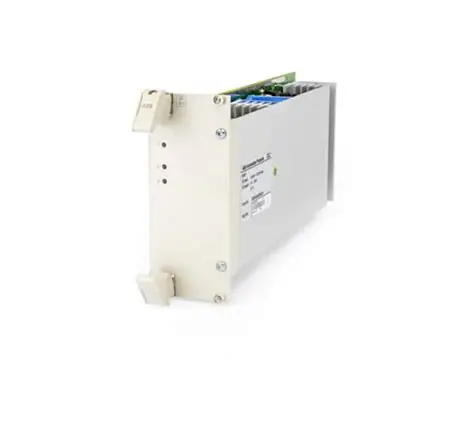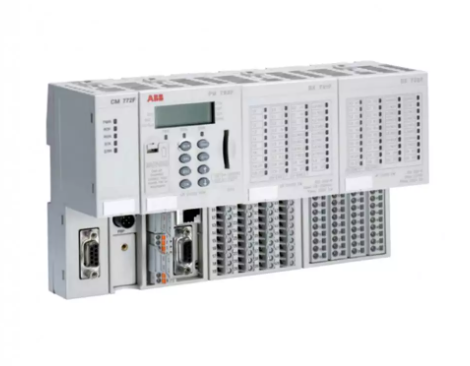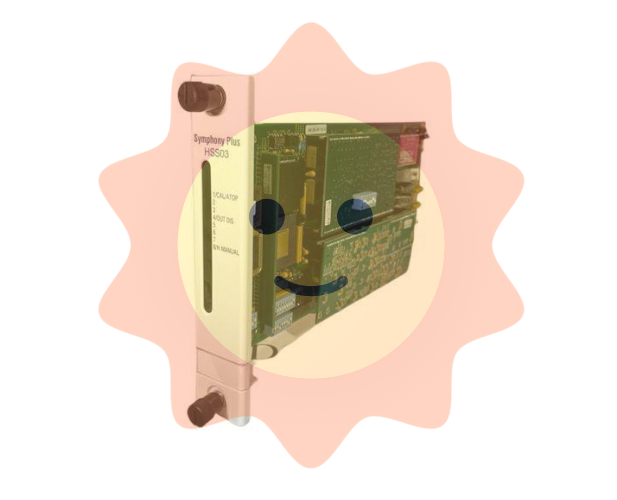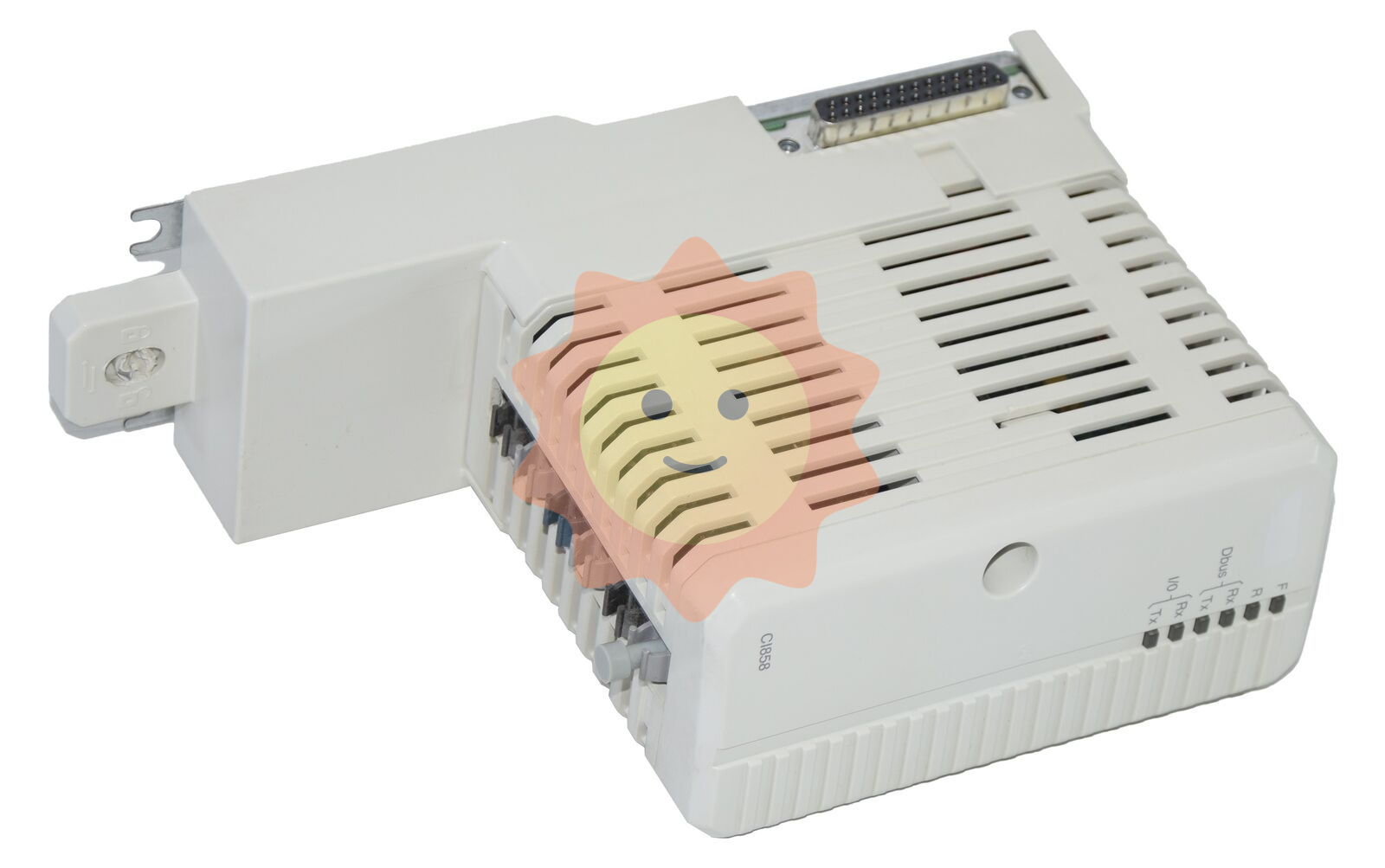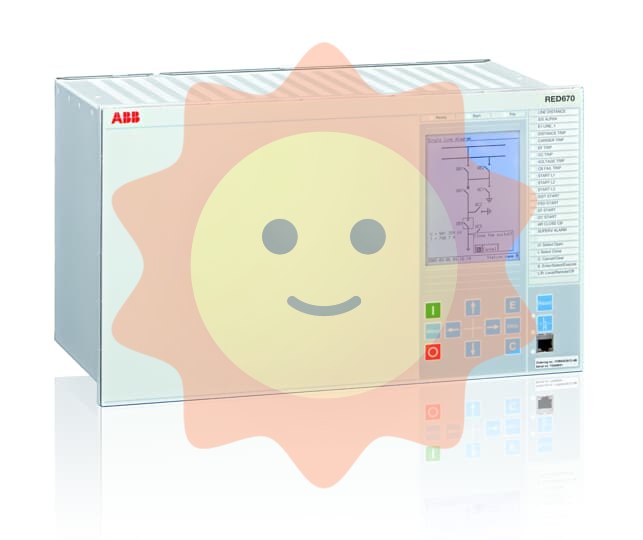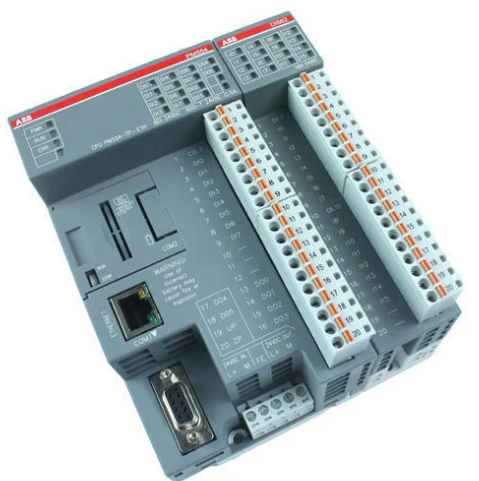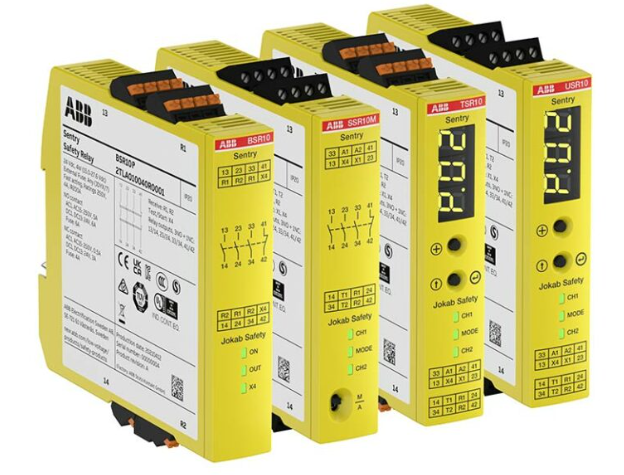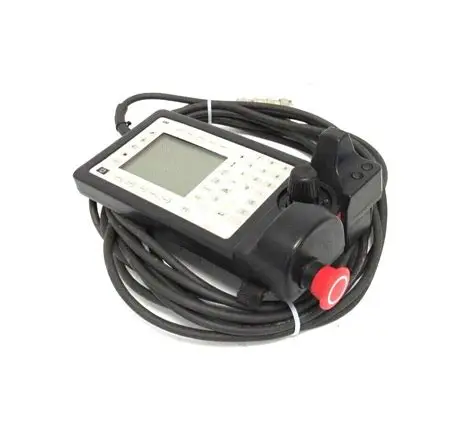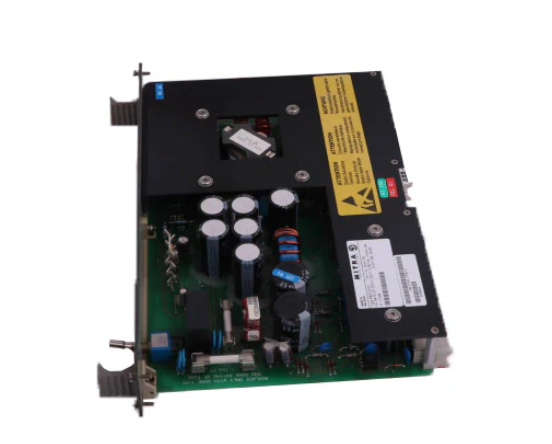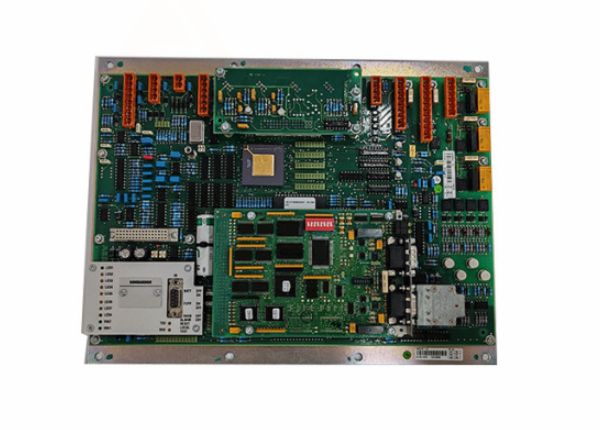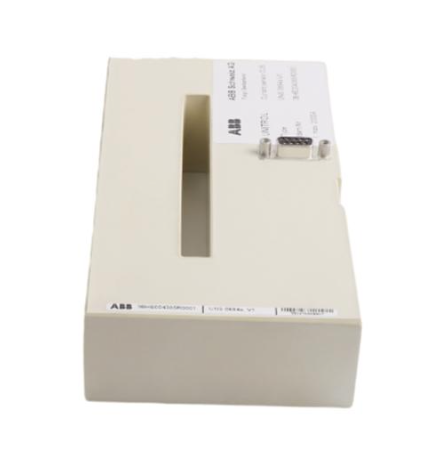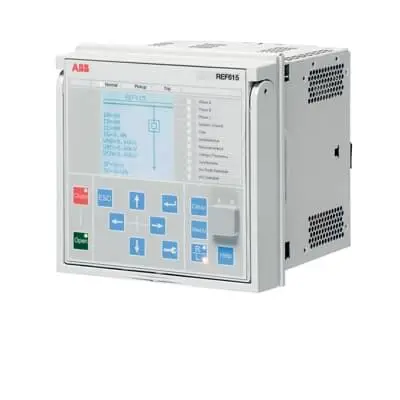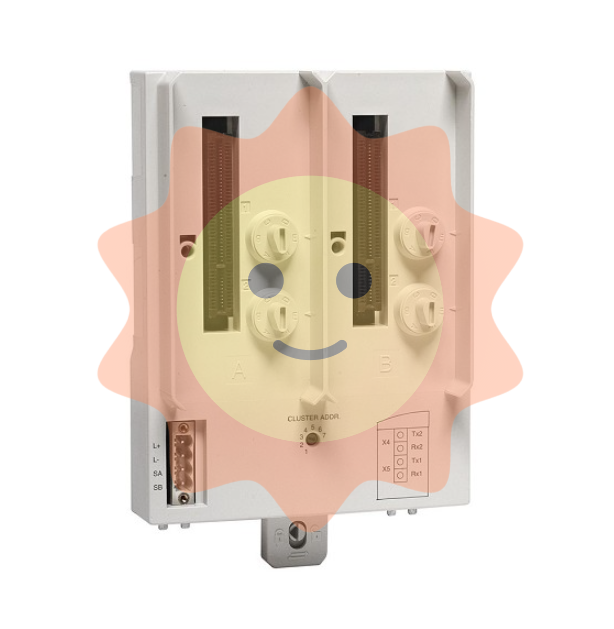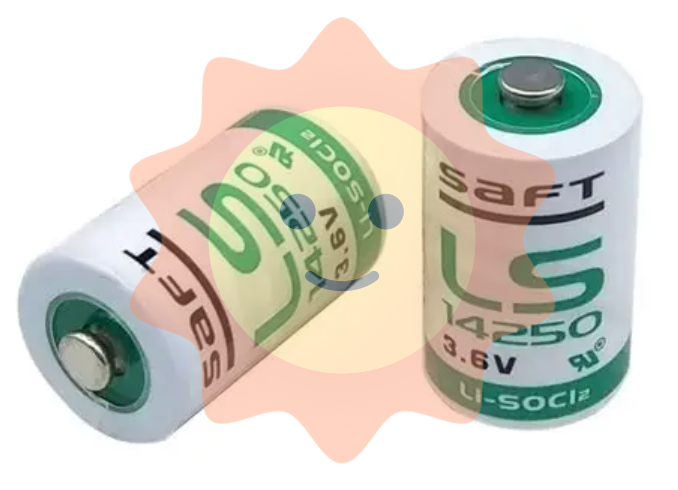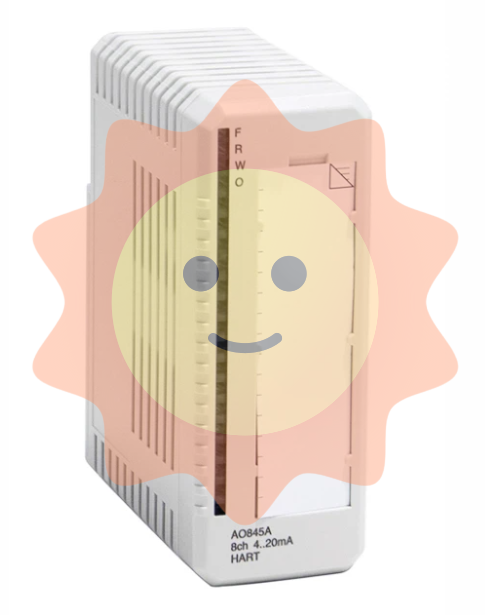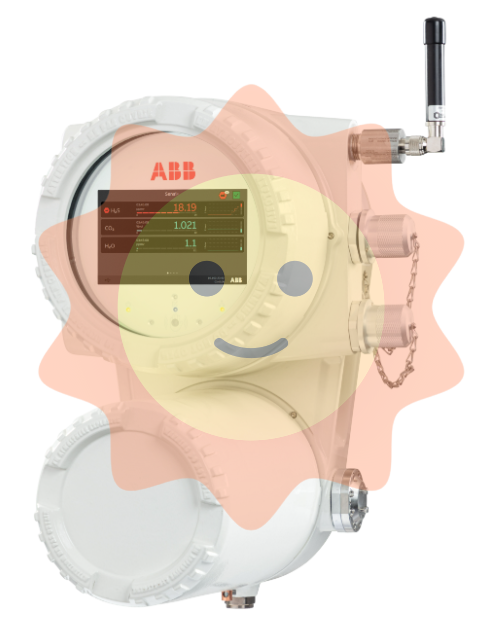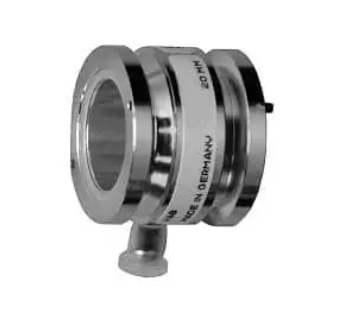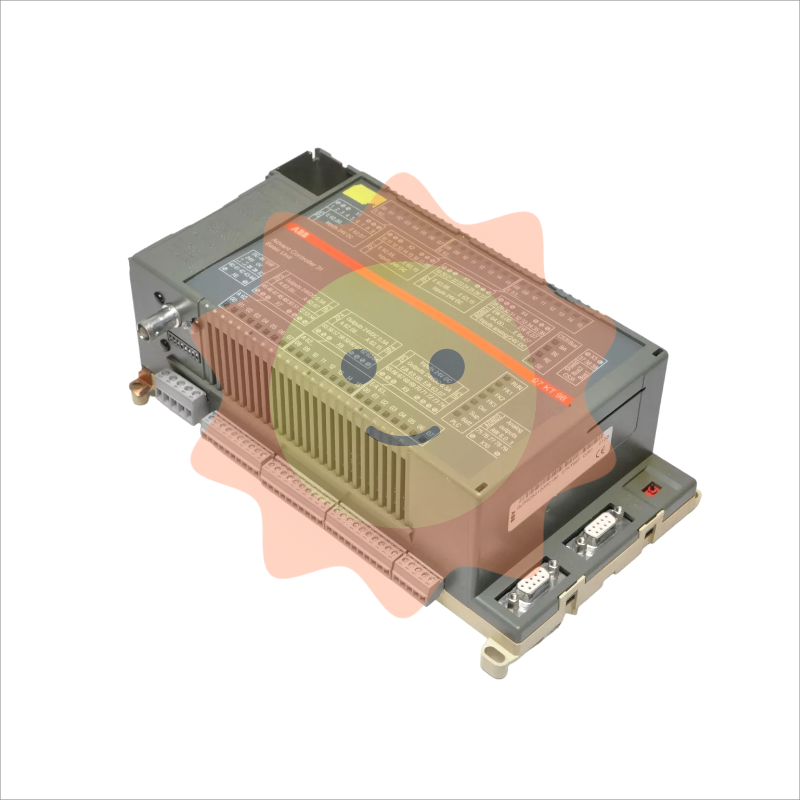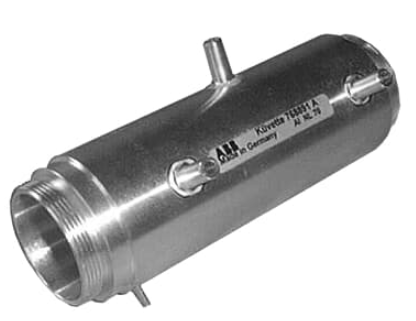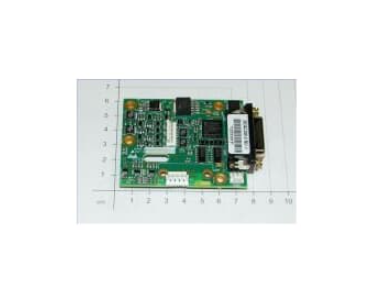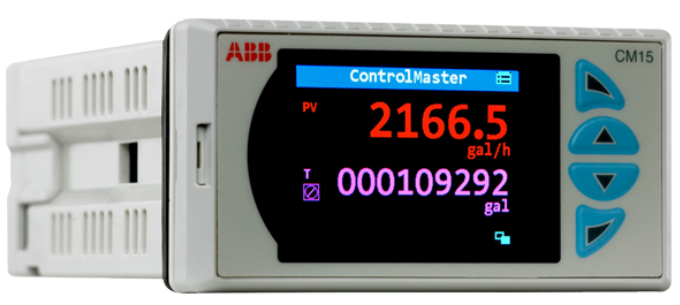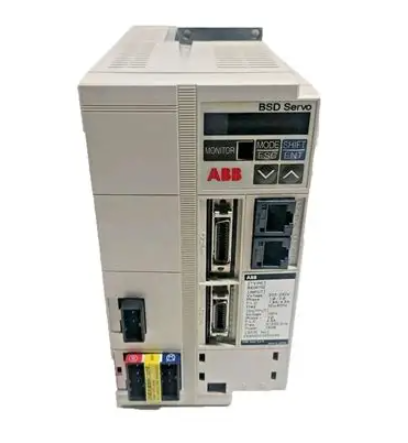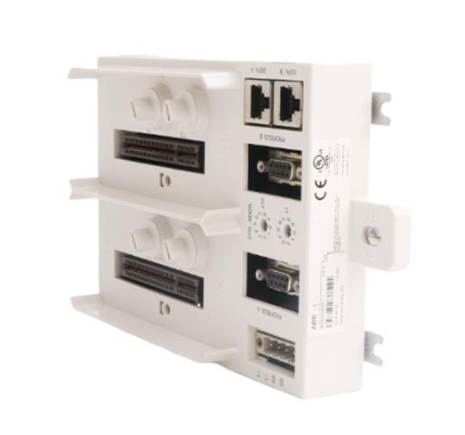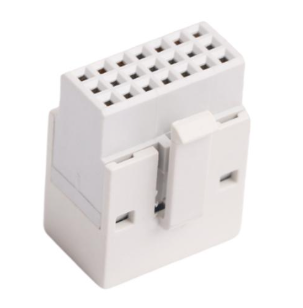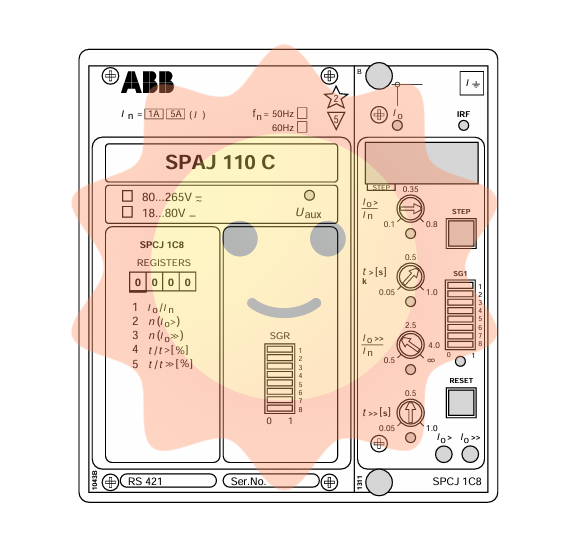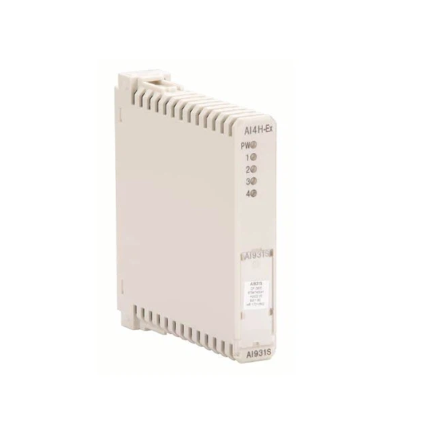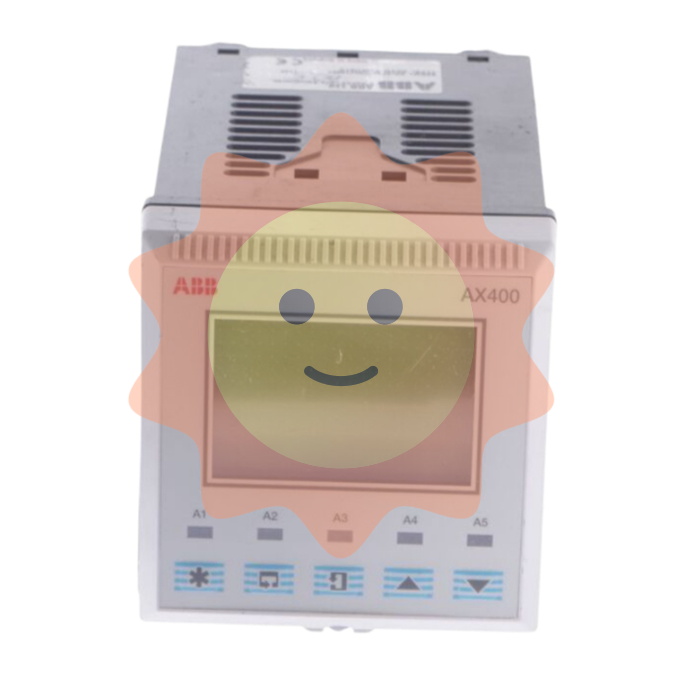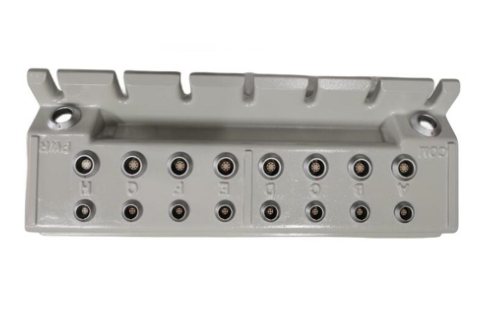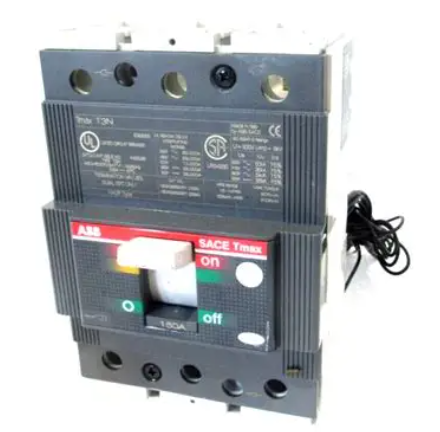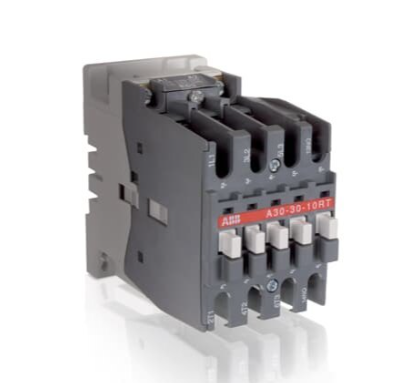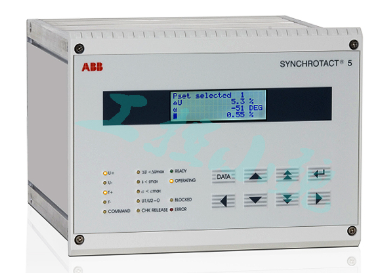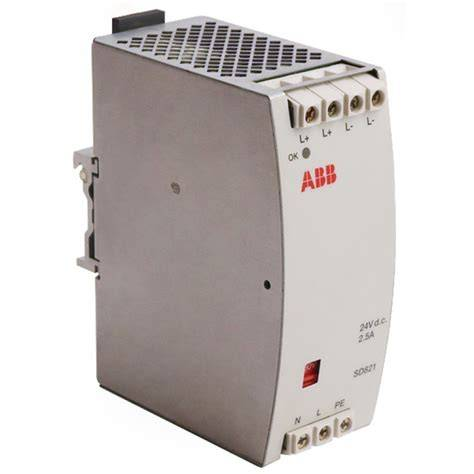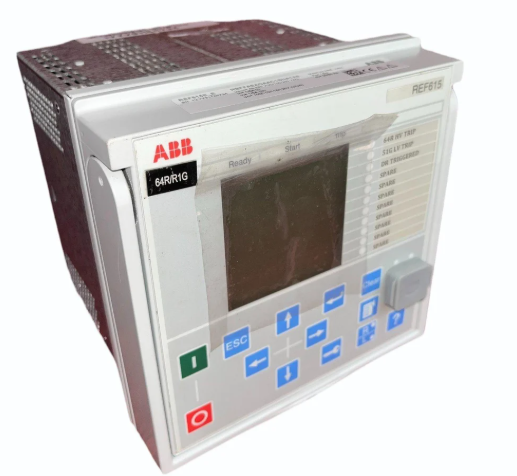Ultra-supercritical power generation, what is the "super power"?
Not long ago, Wang Zhigang, Minister of Science and Technology, mentioned ultra-supercritical power generation many times at the "China this decade" series theme press conference, he said that China has developed a million kilowatt-level ultra-supercritical efficient power generation technology for 15 consecutive years, and the current power supply coal consumption can reach a minimum of 264 grams per kilowatt-hour, which is much lower than the national average, and is also at the global advanced level. At present, ultra-supercritical efficient power generation technology and demonstration projects have been promoted throughout the country, accounting for 26% of the total installed capacity of coal power, and will be further promoted in the future.
On November 11, 2020, Datang Dongying Power Generation Co., Ltd. put into operation a million-kilowatt ultra-supercritical coal-fired generating unit.
"Ultra-supercritical power generation" has become a hot word, even in the stock market has become a hot concept. So what kind of scientific "superpower" does this awkward-sounding buzzword mean?
"Ultra-supercritical" focuses on "critical"
We all know that coal is used to generate electricity. But what is ultra-supercritical? This is the first to say what is "critical".
Based on physical knowledge, the general liquid pure substance will vaporize after heating or depressurization to a certain extent; The pure gaseous substance will condense when it is cooled or pressurized to a certain extent.

But any pure substance has a critical point, when the pressure is higher than the critical pressure, no matter how heated, the liquid will not vaporize; When the temperature is higher than the critical temperature, no condensation will occur, no matter how pressurized.
For example, under normal pressure, water heated to 100 ° C will continue to heat into steam; When the pressure of water is higher than 22.13 mpa (about 221 times atmospheric pressure), or the temperature is higher than 374.15 ° C, the evaporation and condensation process will no longer occur.
At critical pressure or critical temperature, the pure substance is in a "critical" state; Below the critical pressure or critical temperature, it is in a "subcritical" state; Above the critical pressure or temperature, it is a "supercritical" state.
Conventional thermal power generation units (including coal-fired power generation, biomass power generation, etc., excluding gas power generation) use coal and other fuels to burn in the boiler, heat water and boost pressure into high temperature and high pressure water vapor, promote the high-speed rotation of the turbine, and then drive the generator to generate electricity.
According to the law of thermodynamics, the efficiency of converting heat energy into electric energy in the thermal power generation process increases with the increase of the steam temperature at the boiler outlet, and the actual process needs to increase the steam pressure and unit capacity simultaneously to comprehensively improve the system efficiency.
After hundreds of years of development, Thermal generating units have generally experienced low temperature and low pressure (below 2.45 mpa, 400℃), medium temperature and medium pressure (3.9 mpa, 450℃), high temperature and high pressure (9.9 mpa, 540℃), ultra-high pressure (13.8 mpa, 540℃), sub-critical (16.7 mpa, 540℃), supercritical (22.4 mpa, 570℃), ultra-supercritical (25 to 31 mpa, 580 ° C to 620 ° C) and other parameter grades, is developing advanced ultra-supercritical (35 mpa, 700 ° C to 760 ° C) grade power generation technology.
Among them, the initial parameters of supercritical, ultra-supercritical, and advanced ultra-supercritical units under development are in supercritical state, and the initial parameters of other units are in subcritical state.
Strictly speaking, pure matter has only three states of "critical", "sub-critical" and "supercritical", and there is no "ultra-supercritical". The ultra-supercritical parameter is essentially a parameter higher than the previous supercritical parameter, which belongs to the scope of the industry agreement. The so-called "ultra-supercritical power generation technology" refers to the efficient power generation technology that uses the feed pump to boost the water to ultra-supercritical pressure, and then heats the water to ultra-supercritical temperature through the fuel combustion in the boiler, and generates electricity through the turbine generator set.
Ultra-supercritical power generation technology is the most advanced thermal power generation technology in the world, which can simultaneously achieve ultra-low emission of pollutants and reduce the coal consumption rate of power supply to less than 265 grams per KWH. Advanced ultra-supercritical power generation technology is being actively developed, and it is possible to further reduce the coal consumption rate of power supply to less than 225 grams per kilowatt-hour.
Ultra-supercritical power generation technology is an important way to achieve high quality development of energy and power under the basic national conditions of rich coal, poor oil and little gas in China.
Zigzag development through more than 70 years
The concept of ultra-supercritical power generation is not new in the field of technology, since it was originally proposed, it has been developed in the world for more than 70 years, which can be roughly divided into three stages.
The first stage, starting from the 1950s, was represented by the United States, Germany and the Soviet Union, and directly developed ultra-supercritical power generation technology without experiencing the transition of supercritical parameters. However, due to the frequent failure of many ultra-supercritical units, from the late 1960s, these countries generally reduced the steam parameters of newly built units to the supercritical range.

The second stage, from about the early 1980s, supercritical technology was consolidated and developed. With the development of material technology, especially the substantial improvement of the material properties of boilers and steam turbines, and the in-depth understanding of the water chemistry of power plants, the series of failures encountered by early supercritical units have been overcome one by one.
In the third stage, from about the 1990s, ultra-supercritical power generation technology was reborn. With the increasingly stringent international environmental requirements, as well as the successful development of new materials and the maturity of conventional supercritical technology, the development of ultra-supercritical technology has better conditions. Represented by Japanese (Mitsubishi, Toshiba, Hitachi) and European (Siemens, Alstom) technologies, the use of higher steam temperature and pressure has become the mainstream trend of thermal power technology development under the premise of ensuring high reliability and high availability of units.
In China, the application of ultra-supercritical technology started late, but the development speed is rapid, and has gone through the entire process of technology transfer in the early stage and independent research and development in the later stage. In the second half of 2003, the Ministry of Science and Technology included the selection of parameters and capacity of ultra-supercritical units in the "863" scientific and technological research topics, and began the development of ultra-supercritical thermal power units. Subsequently, Harbin Electric Group, Shanghai Electric Group and Dongfang Electric Group introduced 1000 MW ultra-supercritical technology from Japan's Mitsubishi, France's Alstom, Germany's Siemens, Japan's Hitachi and other companies, and began to build 1000 MW ultra-supercritical units. At present, ultra-supercritical efficient power generation technology and demonstration projects have been promoted across the country, accounting for 26% of the total installed capacity of coal power. China has become the country with the fastest development, the largest number, the largest capacity and the most advanced operation performance of 1000MW ultra-supercritical units in the world.
Material innovation research and development look forward to breakthroughs
In order to further reduce energy consumption and reduce pollutant emissions, improve the environment, with the support of the development of the material industry, ultra-supercritical units in various countries are developing in the technical direction of higher parameters. This requires a further increase in the temperature and pressure of the steam at the boiler outlet. Current supercritical alloy materials can withstand up to 630 ° C temperature range. To further increase the steam temperature of the boiler outlet, it is necessary to develop more advanced alloy materials with higher temperature resistance, and through the research and development of supporting welding, manufacturing process and other systems, to minimize the use of expensive high-temperature alloy materials on the basis of ensuring safety. Therefore, material cost and key equipment manufacturing process are currently the biggest obstacles affecting 700℃ advanced ultra-supercritical power generation technology.

At present, the research and development of 700℃ advanced ultra-supercritical technology being carried out by the world's major economies can be considered as an important direction of the development of ultra-supercritical technology. In this regard, the European Union started the first, officially launched the AD700 advanced ultra-supercritical power generation program in January 1998. The original plan was to realize the commercial operation of the unit around 2011 through the operation and technical improvement of the demonstration power station. However, due to the high temperature alloy steel and austenitic steel prices are expensive, and the relatively cheap ferritic steel performance has not reached the expected target, the investment of the entire project will be greatly increased, resulting in the delay of the plan. There are currently no concrete plans to build demonstration plants in the EU.
The United States, Japan and other countries also have their own plans in the development of advanced ultra-supercritical technology, and there are no relevant reports of commercialization.
On July 23, 2010, China established the "National 700℃ ultra-supercritical Coal Power Generation Technology Innovation Alliance" in Beijing. According to the difficulties of 700℃ efficient ultra-supercritical power generation technology, China preliminarily determined that the 700℃ plan demonstration unit capacity is 600 MW class, the pressure and temperature parameters are 35 mpa /700℃/720℃, the unit is compact layout, and the preliminary research and development progress is made. It was originally planned to establish a demonstration power station of 660 MW and 35 mpa /700 ° C /720 ° C at the end of the "Twelfth Five-Year Plan", but due to the influence of the development of high-temperature materials, the project progress is also delayed.
Extended reading
Solve the problem of low load and high energy consumption of thermal power units
In 2021, China proposed the "double carbon goal" of "carbon peak" and "carbon neutrality". Peak carbon refers to China's commitment to no longer increase carbon dioxide emissions before 2030, after reaching the peak gradually reduce; Carbon neutrality means that by 2060, China will achieve a balance between carbon dioxide emissions and elimination.
By the end of 2021, the total installed capacity of wind power and solar power in China has reached 635 million kilowatts, and the new energy power represented by wind power and photovoltaic power generation has developed rapidly, and is expected to reach more than 1.2 billion kilowatts in 2030. The basic power supply with thermal power as the main body will gradually enter the new normal of peak operation.

However, based on the common sense of thermodynamics, the steam flow of conventional thermal power units during peak load balancing under low load conditions drops significantly, resulting in an approximate linear drop in steam pressure at the turbine unit inlet, which directly leads to a significant increase in energy consumption of the unit during peak load balancing (low load conditions are similar to large horse-driven cars).
For example, when the conventional ultra-supercritical thermal power unit depth peaking to 30% of the rated load is operated, it directly leads to the unit parameters being reduced to a supercritical or even subcritical state, and the energy consumption is significantly increased by more than 10% (35-40 grams per KWH).
Compared with the advanced 700℃ ultra-supercritical power generation technology, the problem of low load and high energy consumption of thermal power units has become a more important problem to be solved for the further development of ultra-supercritical power generation technology.
Under the strong support of various departments of the state, under the comprehensive guidance of Academician Ni Weidou and Academician Yue Guangxi, Tsinghua University, Jinan University and other units to carry out joint research, after more than 10 years of efforts, broke through the thermal power industry for more than 100 years of "low-load unit power supply coal consumption will rise significantly" traditional cognition, through the modular design of the thermal system, The system flow structure can be adjusted under medium and low load conditions to realize full load efficient operation of thermal power units. They are actively developing full load efficient operation technology of thermal power unit peak regulation process with independent intellectual property rights, which is expected to comprehensively reduce the power supply coal consumption under low load conditions during thermal power unit peak regulation process, and realize the leap from "made in China" to "created in China".
- EMERSON
- Honeywell
- CTI
- Rolls-Royce
- General Electric
- Woodward
- Yaskawa
- xYCOM
- Motorola
- Siemens
- Rockwell
- ABB
- B&R
- HIMA
- Construction site
- electricity
- Automobile market
- PLC
- DCS
- Motor drivers
- VSD
- Implications
- cement
- CO2
- CEM
- methane
- Artificial intelligence
- Titanic
- Solar energy
- Hydrogen fuel cell
- Hydrogen and fuel cells
- Hydrogen and oxygen fuel cells
- tyre
- Chemical fiber
- dynamo
- corpuscle
- Pulp and paper
- printing
- fossil
- FANUC
- Food and beverage
- Life science
- Sewage treatment
- Personal care
- electricity
- boats
- infrastructure
- Automobile industry
- metallurgy
- Nuclear power generation
- Geothermal power generation
- Water and wastewater
- Infrastructure construction
- Mine hazard
- steel
- papermaking
- Natural gas industry
- Infrastructure construction
- Power and energy
- Rubber and plastic
- Renewable energy
- pharmacy
- mining
- Plastic industry
- Schneider
- Kongsberg
- NI
- Wind energy
- International petroleum
- International new energy network
- gas
- WATLOW
- ProSoft
- SEW
- wind
- ADVANCED
- Reliance
- YOKOGAWA
- TRICONEX
- FOXBORO
- METSO
- MAN
- Advantest
- ADVANCED
- ALSTOM
- Control Wave
- AB
- AMAT
- STUDER
- KONGSBERG
- MOTOROLA
- DANAHER MOTION
- Bently
- Galil
- EATON
- MOLEX
- Triconex
- DEIF
- B&W
- ZYGO
- Aerotech
- DANFOSS
- KOLLMORGEN
- Beijer
- Endress+Hauser
- MOOG
- KB
- Moxa
- Rexroth
- YAMAHA
- Johnson
- Westinghouse
- WAGO
- TOSHIBA
- TEKTRONIX


Email:wang@kongjiangauto.com


